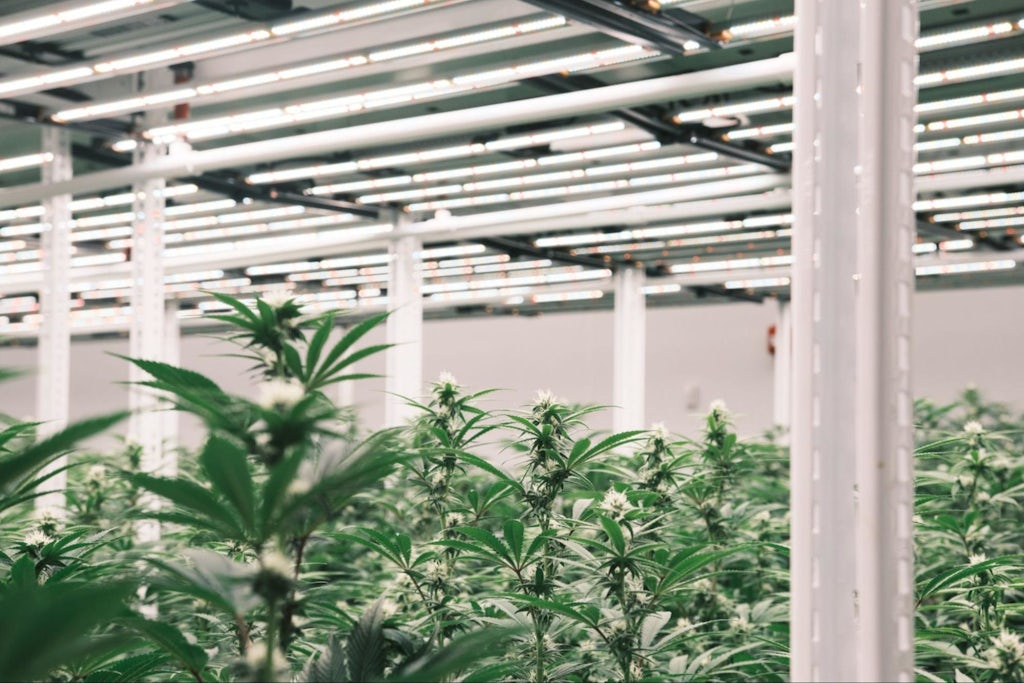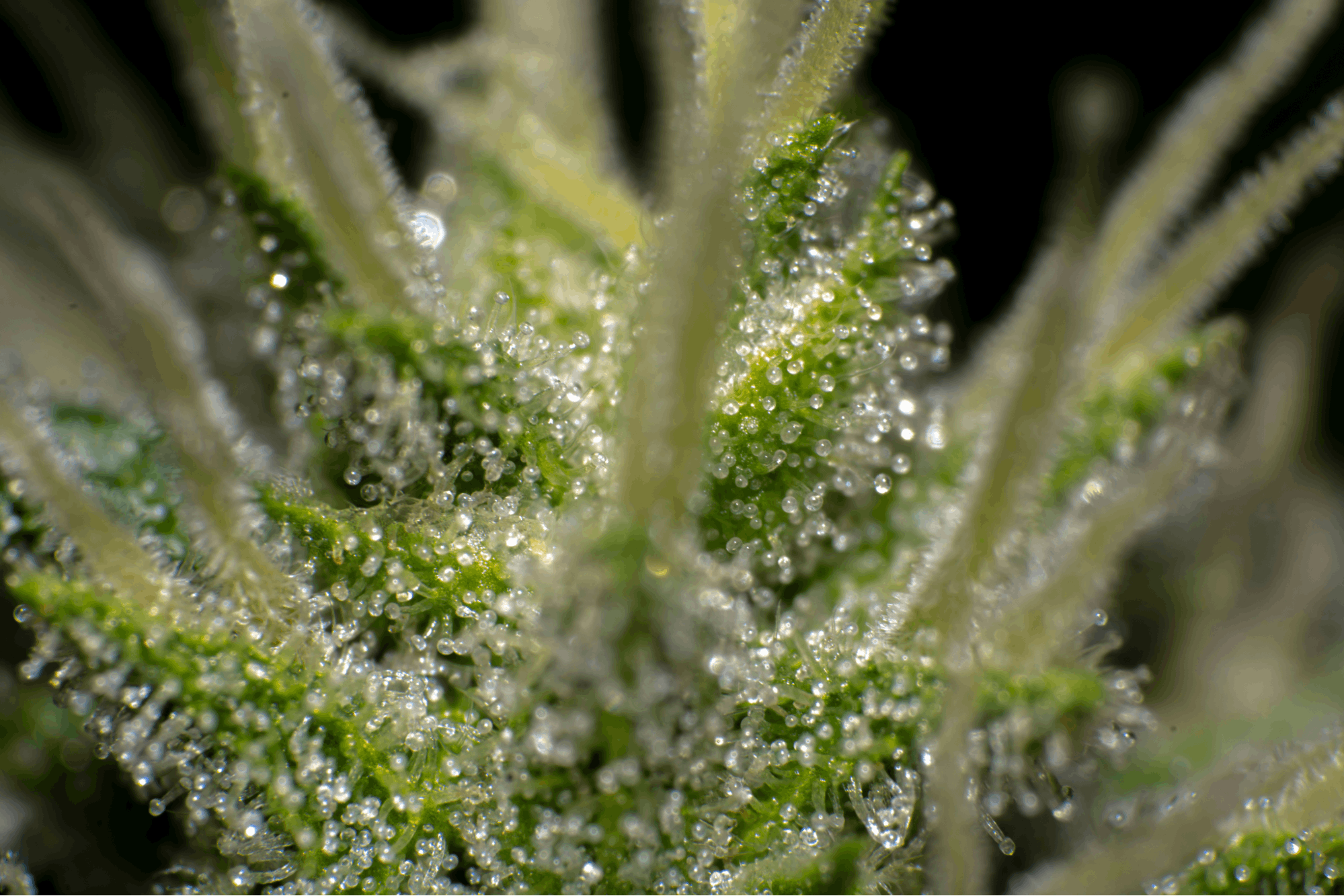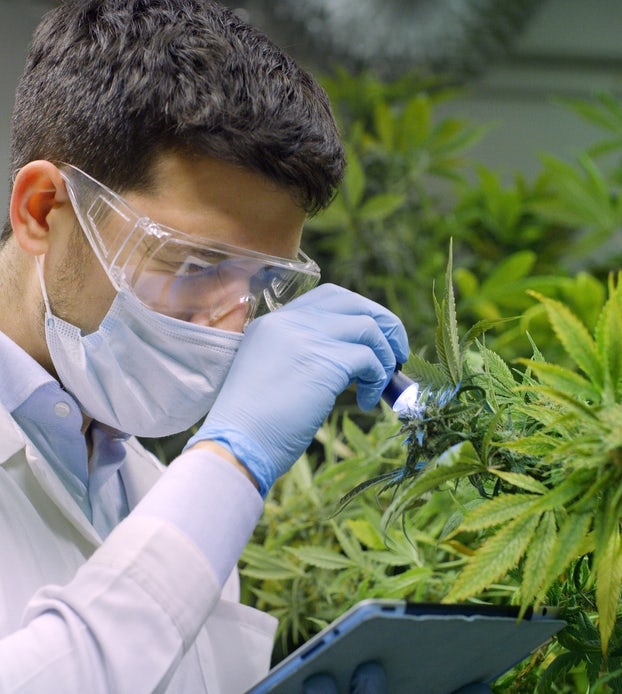Do the tastes of cannabis consumers determine what strains are on the shelves, or are cultivators still setting the tone for what cannabis looks, smells, tastes, and feels like today? According to Josh Malman, the VP of cultivation at Jushi Holdings, as legalization spreads, the consumer is having more of a say.
“I think earlier on we definitely were guiding that more so than now. With fewer patients and consumers in each of the states that we were operating in, we got to pick. We came to the table with what we had or what we thought was the best, and that’s what they [consumers] got. I think with the expansion of this crop across the country and the visibility of different brands and different varieties across the country, it’s sort of swinging the other direction.”
Malman also said that there is still a difference in terms of where you’re growing, and where the consumer lives.

“There’s a big difference between the West and East Coast, a lot of our patients and customers on the East Coast are still asking for varieties that are old, right? You’re looking at Super Skunk and you know White Widow and some of these things that for whatever reason are still resonating for them,” Malman said, adding that on the West Coast there’s much of a consumer culture of wanting “the newest of the new every single week of the year.”
Deciding which strains to grow
Malman also described some of the energy concerns of indoor cannabis cultivation and how vertical growing can fit more cultivation in a smaller grow space, and play a role in determining which strains are grown.
“For vertical operations, it’s important to have varieties that grow in a much stouter fashion and not these big long leggy strains,” Malman stated, adding that the length of the flowering and vegetation stage of a particular chemovar can also play a role in whether or not it’s a great choice for large scale indoor cultivation. He also said that he believes that around 12 to 15 cannabis varieties per indoor grow facility is probably best, and that you don’t want too many varieties in the same grow area.
With vertical cultivation, growers can in theory use smaller facilities that require less energy output, but there is a limit for how high you can go. Malman described the employee safety concerns that come with moving plants vertically within facilities, and also the question of how much aisle space you have to give up in order to make room for forklifts or scissor lifts.
“What it really comes down to is engineering and constructing these facilities in a way that makes a [grow] room in Nevada as similar as possible to a room in Pennsylvania which again you know is really relying on a good architect to help with that, and a good set of engineers to do that. It’s taken us several years to find a group that we believe we have trust in that can help us design these things across the country in a way that we can sort of, you know, eliminate the differences between states and between facilities.”

Malman is in charge of cultivation for Jushi Holdings, a vertically-integrated multi-state cannabis cultivation company with operations in seven states. The company currently operates 34 cannabis retail storefronts in California, Illinois, Pennsylvania, Massachusetts, and Virginia, as well as cultivation facilities in Nevada, Ohio, Pennsylvania, and Massachusetts, and a processing facility in Virginia.
The company implements a number of solutions to optimize their indoor grow facilities, including double and triple-tiered cultivation, cloud-based data collection systems and shared Quality Management Systems in order to align the company’s standard operating procedures across various states. The company’s grows average 60-65 grams per square foot, and it’s expecting to quadruple cultivation staff by the end of 2021.
In April, the company announced its $110 million acquisition of the Massachusetts-based, vertically-integrated cannabis company Nature’s Remedy, which operates two retail dispensaries in the state as well as a 50,000 square foot cultivation and production facility.
Malman has a degree in horticulture from the University of Wisconsin. Prior to joining the cannabis industry a decade ago, he trained and worked in ornamentals cultivation in Denmark and the Netherlands, and even spent time in Israel working on systems designed to provide water to African farmers nearer in proximity to the farms through a gravity fed drip irrigation system. The challenges of multi-state indoor cannabis cultivation are a whole different story though.
How federal legalization could help — or hinder — cultivators
Malman spoke to The Cannigma about the challenges of cultivating cannabis in a variety of states with very different climates, often different regulatory requirements, and how federal legalization could help — or hinder — cultivators.

Federal cannabis legalization could potentially have a big impact on the environmental impact of cultivation, by allowing producers to cultivate in specific, centralized grow operations in areas that are more naturally conducive to cannabis cultivation, and then ship the crop across the country. But there is a significant environmental cost to cannabis cultivation, and federal legalization could also create new environmental and manufacturing regulations that smaller producers would have trouble adhering to, Malman said.
“I think your multi state operators who are well funded and have capital to be able to make those changes or to be able to pivot in their design as they go forward and spread out across the country, will probably have a better chance of being able to do that successfully as opposed to a smaller operation.”
This is especially true if new federal regulations entailed changes to the growing infrastructure, such as the implementation of more efficient lighting.
“Energy efficient equipment is higher [cost] than your typical sort of legacy equipment. I spend 800 to a thousand dollars per fixture on an LED right now and you can go get your high pressure sodium lights for a couple hundred bucks. So when you’re talking about thousands and thousands of fixtures across a facility, it’s going to get harder for operators that aren’t well-funded to be able to make those changes in a reasonable timeline.”
How centralization could lessen the environmental impact
With cannabis still illegal on the federal level, cannabis producers can only sell their products within the same state in which they are grown. Under federal legalization, companies would be able to centralize their facilities in areas that are more conducive to growing — and also potentially have lower operating costs — allowing them to then ship across the country.
“We are a very energy intensive industry and I would like to see more of the mass production of cannabis being grown in greenhouses or outdoors and you can’t just necessarily pop down one of those greenhouses anywhere around the country and expect to have the success that you would if you put it down in the Central Valley of California or somewhere in Arizona, where you’re getting high levels of sun and be able to produce year round.”
Malman added “I think that’s one part of federal legalization that I would be looking forward to is the centralizing of these plants and maybe your cultivation plant isn’t always necessarily right next to your manufacturing plant but you can at least start to pick and choose areas of the country that make sense for each of those processes and really be able to take advantage of that.”
“We’re trying to stay compliant across several sites, several different states, and several different sets of regulations. You really need that thing to be centralized and controlled,” he added.
Sign up for bi-weekly updates, packed full of cannabis education, recipes, and tips. Your inbox will love it.

 Shop
Shop Support
Support
















